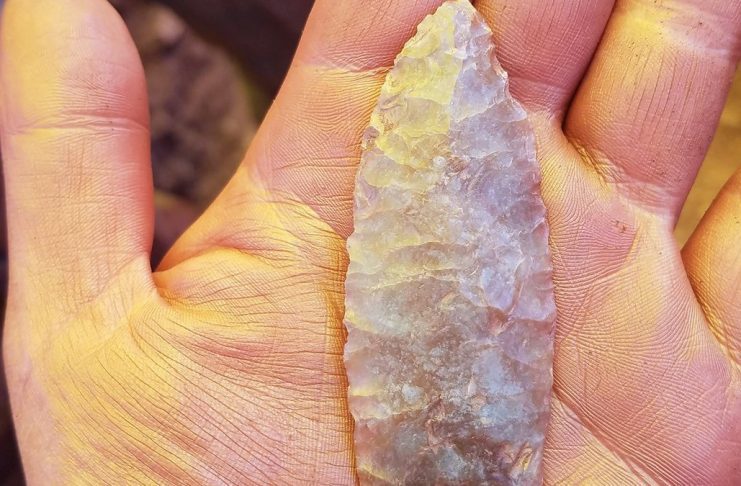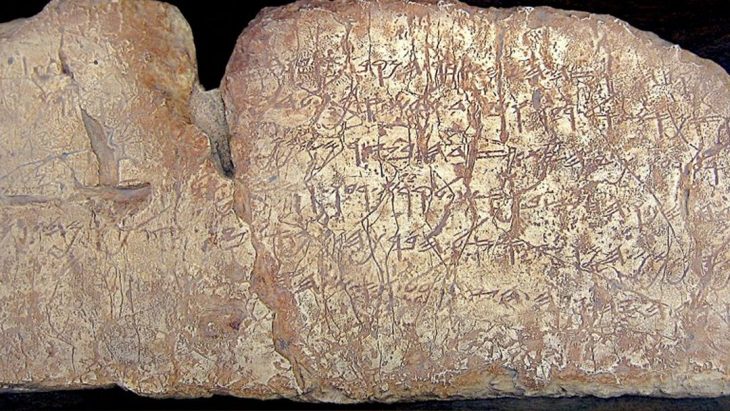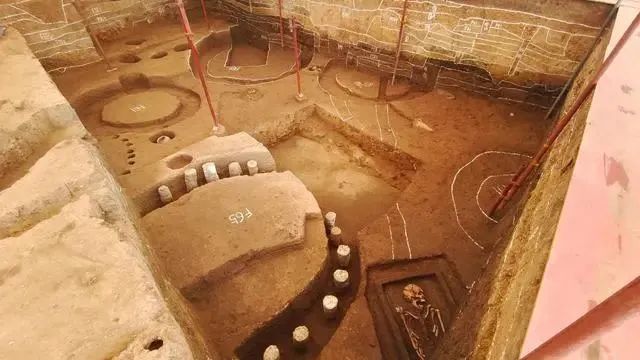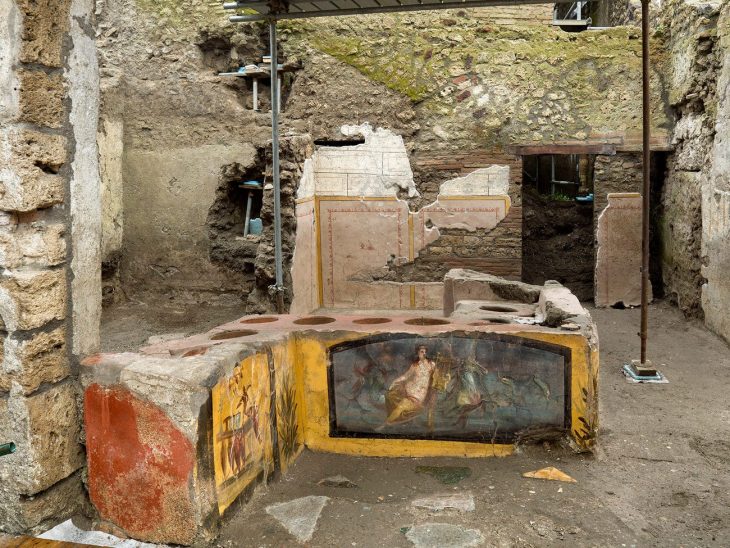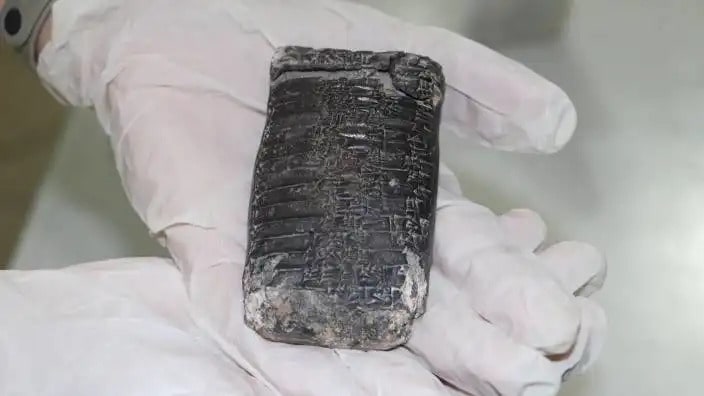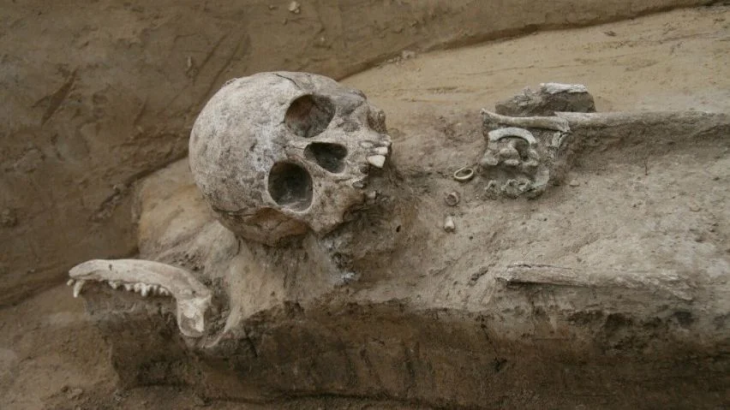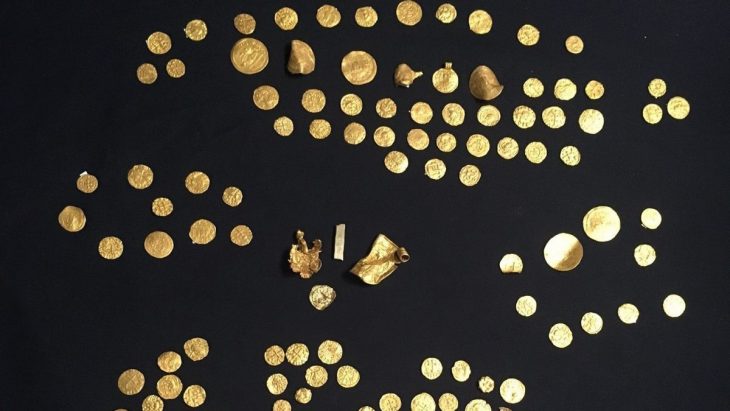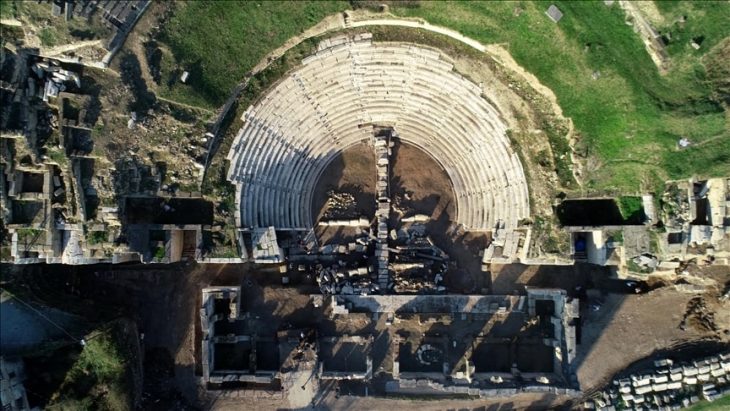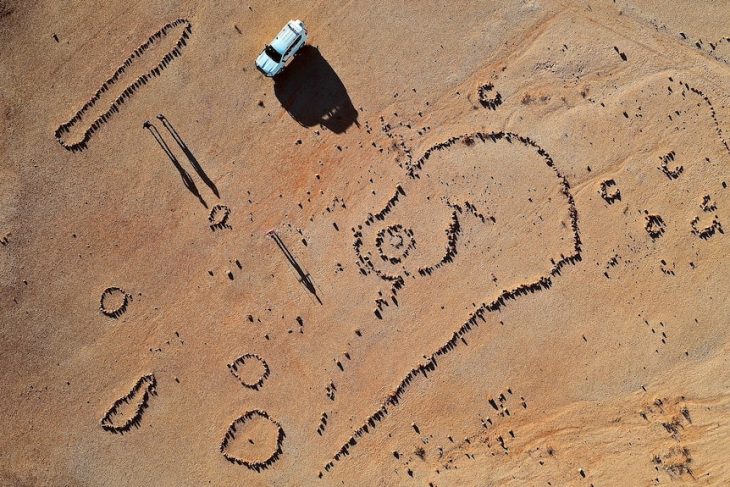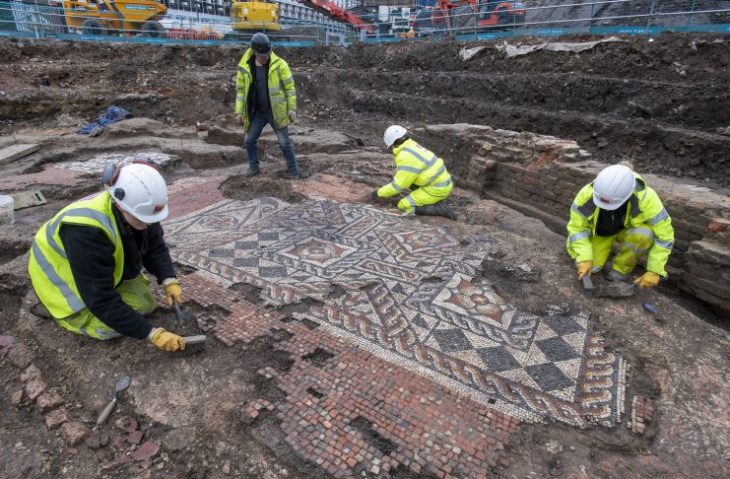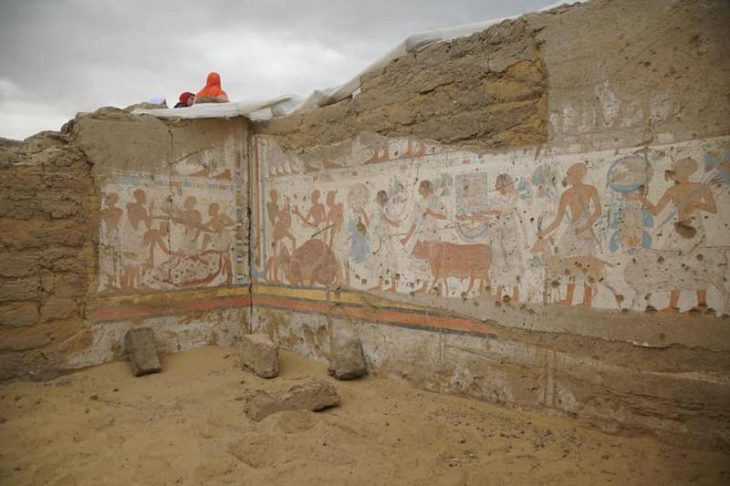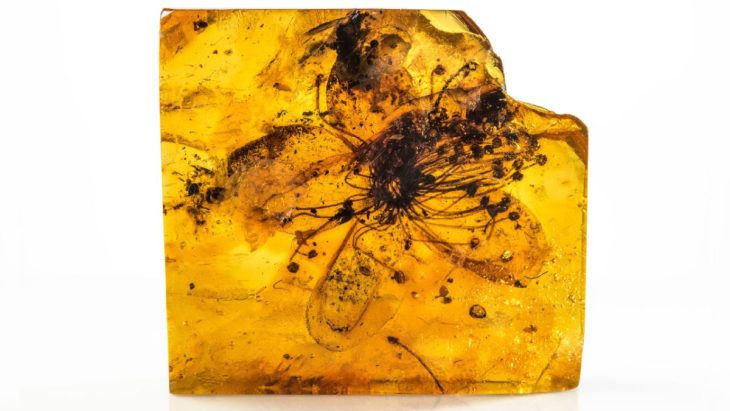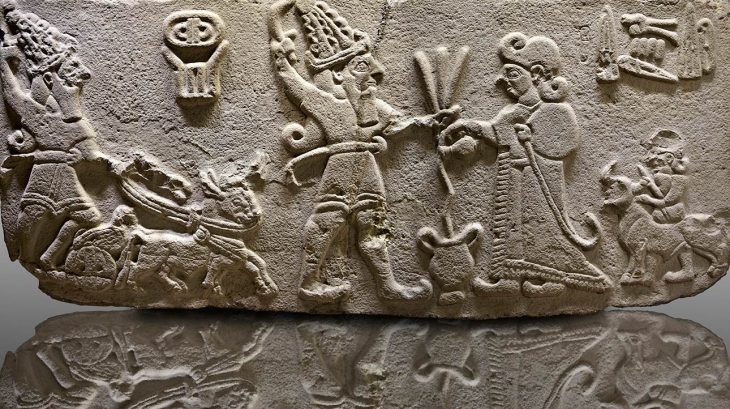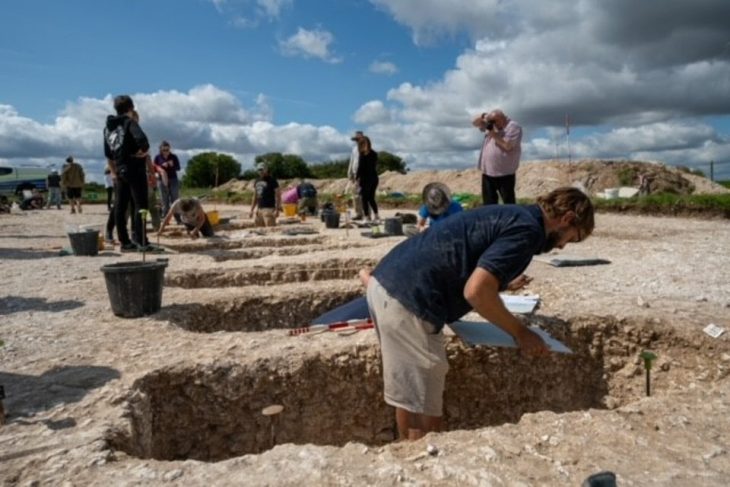Archaeological digs headed by Wyoming’s state archaeologist and including University of Wyoming experts have revealed that people began producing red ocher almost 13,000 years ago in an old mine in eastern Wyoming.
According to the researchers, that makes the Powars II site at Sunrise in Platte County the oldest documented red ocher mine — and likely the oldest known mine of any sort — in all of North and South America.
Wyoming State Archaeologist Spencer Pelton said: “We have unequivocal evidence for use of this site by early Paleoindians as long as 12,840 years ago and continuing by early Americans for about 1,000 years.”
The excavations confirmed theories advanced by famed University of Wyoming archaeologist George Frison, which stem from research he began at the site in 1986.
Red ocher, also known as hematite, had a variety of purposes in Paleoindian communities, including use as ceremonial pigment rituals. It has been discovered in ancient tombs, caches, campsites, and kill sites throughout the Great Plains, Rocky Mountains, and beyond. The Powars II site is the only red ocher quarry discovered in the North American archaeological record north of southern Mexico, and one of just five in the Americas.
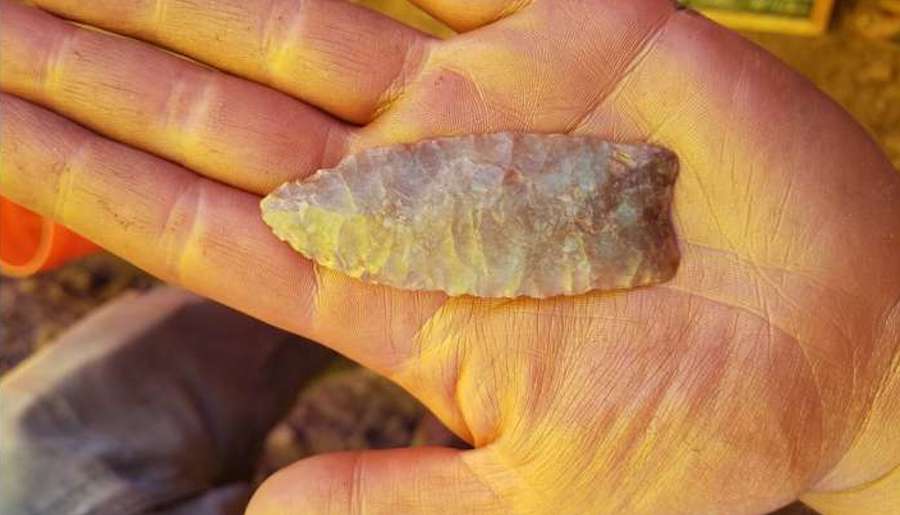
Among the artifacts previously discovered at the Powars II site are Clovis points, believed to be from the first inhabitants of North America, along with other projectile points, tools, and shell beads.
The 2017-2020 excavation led by Spencer Pelton — a 6- by 1-meter trench bisecting a previously undocumented quarry feature — yielded several thousand more Paleoindian artifacts, along with many well-preserved animal bones and antlers. The animal bones and antlers were used to extract the red ocher in the quarry.
The projectile points come from numerous locations in the region, including from as far away as the Edwards Plateau in Texas, according to the paper. That makes it likely that the red ocher found at archaeological sites throughout the American midcontinent came from the Powars II quarry.
“Beyond its status as a quarry, the Powars II artifact assemblage is itself one of the densest and most diverse of any thus far discovered in the early Paleoindian record of the Americas,” Pelton says. “The site contains over 30 chipped stone tools per square meter, some of the oldest canid remains from an American archaeological site and rare or unique artifacts, among other distinctions.”
The researchers say the evidence discovered so far indicates the quarry was used in two primary periods. During the first, dating to as long as 12,840 years ago and lasting several hundred years, people not only quarried red ocher — using bones and antlers as tools — but also produced and repaired weapons, along with other activities. After a hiatus of a century or more, the site was occupied by humans who mined red ocher and deposited artifacts in piles in a quarry pit.
“Further excavation of the estimated 800-square-meter remainder of the site will certainly reveal complexity not captured by our sample,” the researchers wrote.
The findings appear in the National Academy of Sciences (PNAS).

